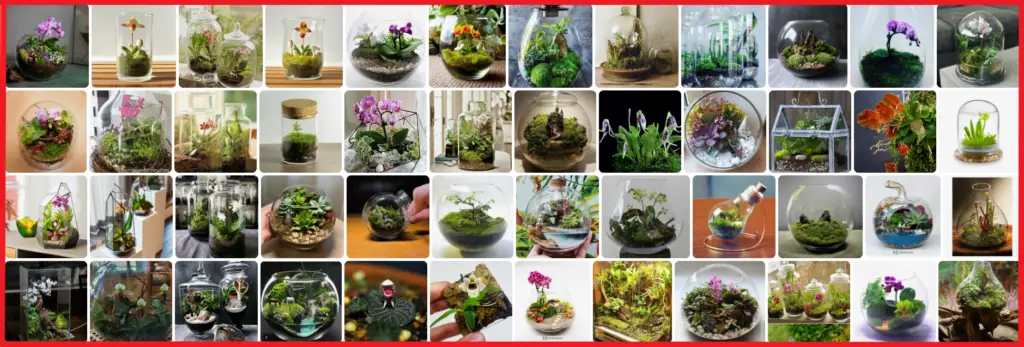Panda Plant Care Instructions
The panda plant (Kalanchoe tomentosa) is a popular houseplant known for its furry, gray-green leaves and pink flowers. It’s easy to care for, making it a great choice for beginners. With a little TLC, your panda plant can thrive for years to come.
1. Light
The panda plant prefers bright, indirect light. A south-facing window is ideal, but it can also tolerate some direct sunlight. If your plant is getting too much light, the leaves will start to turn brown. If your plant is not getting enough light, the leaves will become pale and leggy.
2. Water
The panda plant should be watered regularly, but not too often. Allow the soil to dry out completely between waterings. If the soil is constantly wet, the roots will rot. If the soil is too dry, the leaves will wilt.
3. Fertilizer
The panda plant does not need to be fertilized often. Feed your plant with a diluted liquid fertilizer once a month during the growing season (spring and summer). Do not fertilize the plant during the winter months.
4. Humidity
The panda plant prefers high humidity. If your home is dry, mist the plant regularly or place it on a pebble tray filled with water.
5. Temperature
The panda plant prefers warm temperatures between 65 and 80 degrees Fahrenheit. It can tolerate some cold, but it should not be exposed to temperatures below 50 degrees Fahrenheit.
6. Propagation
The panda plant can be propagated by stem cuttings.
Remove the leaves from the bottom half of the stem. Dip the cutting in rooting hormone and place it in a pot of moist potting soil. Keep the soil moist and the cutting will root in about 4-6 weeks.To take a stem cutting, cut a healthy stem about 4 inches long..
With proper care, your panda plant can grow to be a beautiful and long-lived addition to your home.
tomaticx-video-container">
